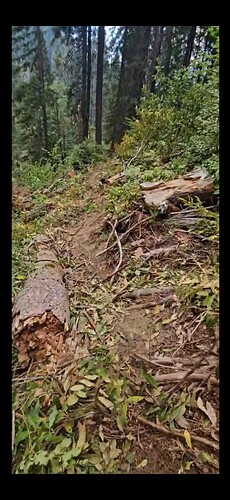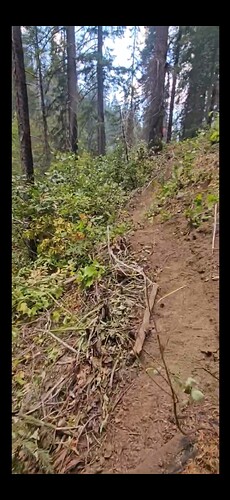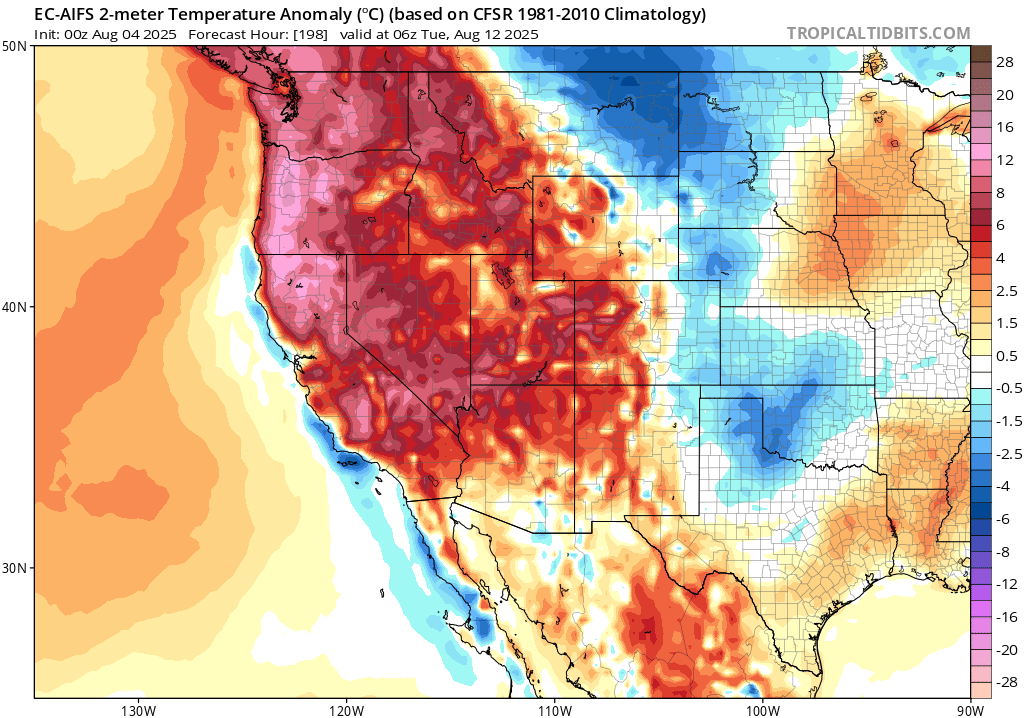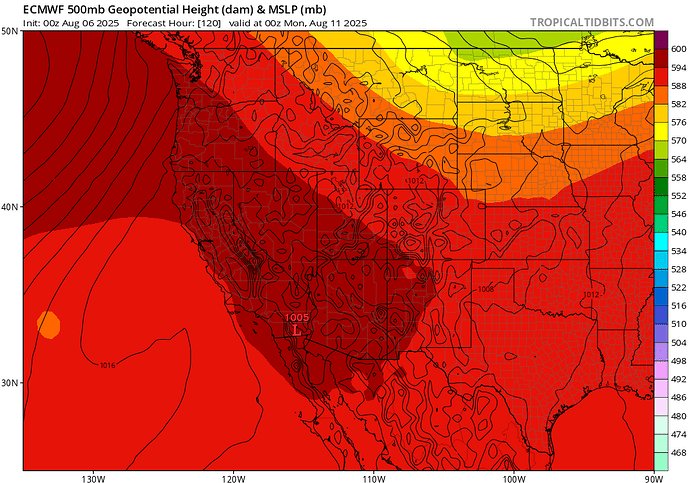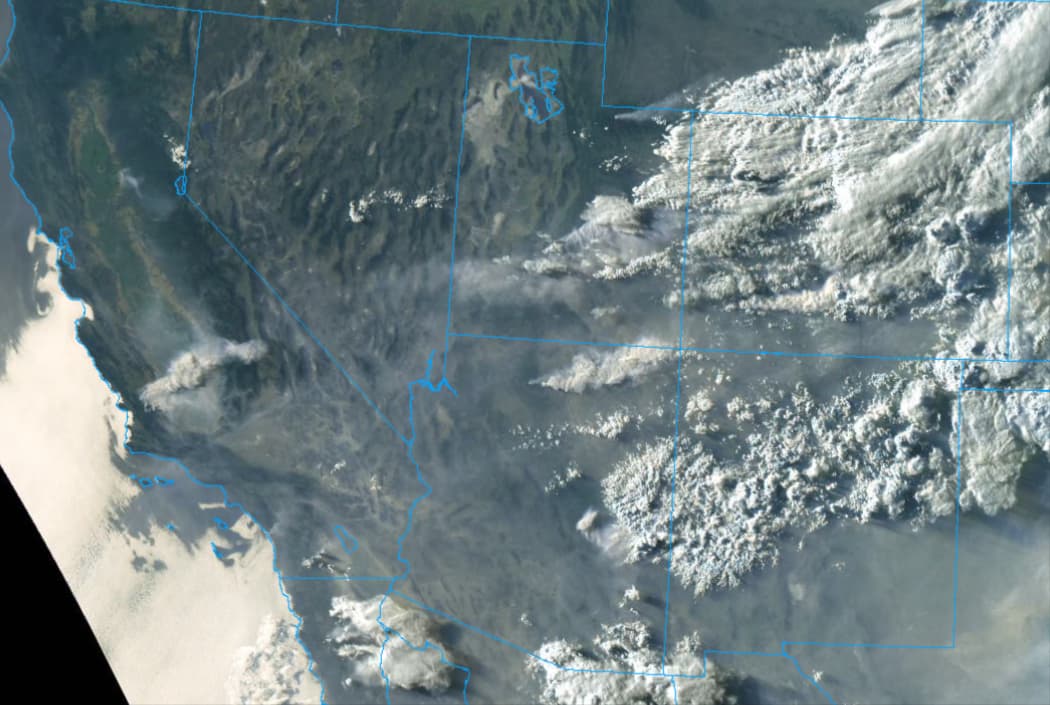What’s next? 87 is an interesting number in this context… I don’t like to hype anything but the persistent dry upper level patten makes me think the west coast is going to be systematically Mars-scaped. This season or next… but I do not like to speculate on timelines because predicting dates always seem to be wrong.
In my mid to later career i had to learn & condition my inner voice to ask why OR what is it about responding to the same fire in the same location that will or wont kill me this time. Work in a response area long enough and you will see repeated fires in same place. So why didnt the last fire try to kill me & will the one i’m responding to be different? I always circled back to things like wind, precip, time of day, time of season, position on the slope, etc. I don’t think i ever thought specifically about the potential energy being exponentially unlocked inside the fuels the way i do now. It has added another level to “availability” in my fuels characteristics vocabulary…
Obviously Central Coast is critically dry, but it’s remarkably not dry on the Klamath right now. Been getting some photos from folks on Big Cliff and understory veg is green green green. Not sure a few weeks of hot and dry is going to undo all of that.
This seems somewhat supported by Big Cliff being held direct at 400 acres by hand crews on 30-60% slopes past two days.
RHs have been recovering well across most of North Ops, followed by solid recovery in the 10- and 1-hour fuels. Thermal belts have been somewhat absent — I did a night hike in the American River Canyon and briefly hit one between 1900 and 1700 ft, where temps rose and RH dipped. It was fleeting, though.
Overall, it’s a great time to get work done with the moon high… and Bigfoot lurking in the river bottoms.
Conversely, when fires are actively feeding, it’s during those nights when the heat doesn’t let up — like being inside a winter cabin with a wood stove cranking and the air so dry you feel like you need to put a kettle on. The atmosphere stays unstable. Rollers start to wreak havoc, and the fire won’t settle. It behaves like a kid on a sugar high after trick-or-treating — twitchy, unpredictable, and wide awake when it should be sleeping. That’s when you know it could make a hard run the next day… or the next few.
Forecast models are in really good agreement that strong ridging is going to develop over the Pacific NW at the same time surface high pressure builds into the Rockies. This should bring a good deal of low humidity with light offshore flow and compression aided heating to the Cascades, Klamaths, and valleys.
At 06z, which is early in the morning you can see temperatures running well above average. Seems likely that the oscillation change should keep this pattern going through the rest of August with deeper troughing into the Midwest and Hurricane development over the Atlantic. You are likely right that any critical fire activity across that area would be late August into September.
I’m still ‘sirius’ly keeping an eye on some temporal markers ![]()
This was posted last night but it disappeared so re posting this afternoon
Interpretation, please…
Will be hot outside…
Nothing for anyone to even be worried about. Continue to enjoy your summer at home with your families.
It is showing the 500 mb reading suggesting strong ridging. This will be the warmest weather of the season.
My statement still stands. Nothing to be worried about. Continue to enjoy your summer at home with your family.
Big difference between worried and prepared.
Not worried.. just concerned and in the interest of passing along critical information to people doing hazardous things…
Transitions offer some of the greatest periods of risk on the fire ground. This will represent a significant transition to a more critical weather pattern. When combined with the time of the year, the relative lack of activity it does pose the potential for increased risk.
SOPS will be releasing a Fuels and Fire Behavior advisory today. When that is overlayed with the weather we are seeing ERC’s in the 97 percentile in areas and the potential for volatile fire conditions across SOPS..
Many people are being deployed or are about to be deployed.. so any additional SA for them can be helpful.
The heat will be on as will lowering RH and an increase in temperature gradients which will enhance diurnal wind patterns. Could be busy over the next few days for IA and would expect some critical fire behavior on existing fires.
Agreed. It’s not about being worried or scared lol. Simply staying abreast and informed of fire weather goes a LONG ways and smart. ![]()
It’s been a pretty mild summer overall I will grant you that. But when you make a living with a Hand Tool in your hand. When temp hoovering around a Hundred pay attention. When I ran crew it was always very concerning over the safety aspect. Hydration was a biggy along with what condition the fuels were in and how receptive they were. How long have crews been on the road cutting line. Many other factors come into play so just be heads up no matter what your mission is on the fire line.
MOD NOTE:
This thread is intended to be an informative thread about actual weather trends both short and long term. Please stick to the facts.
Carry on
Copy 100%. With that said, cooling trend starting Tuesday next week.
I know people need to get paid and put food on the table but keep in mind we had a slow year last year and then ended up with the worst firestorm in California history in terms of structures lost… all the way into January. There is still runway this year, and a good way to look at this fire season is it is not spreading South to North this year… it is spreading East to West… the lack of monsoon (nonsoon) is crazy.
#shiftingbaselines #newnormals #perhapsnotsonew
Walking the American River canyon this evening, the air was calm and warm. Evapotranspiration from the fuel beds was less than on previous days—less moisture rising from the grasses and chaparral, less to give.
The ground beneath my feet is drier now, crackling softly. The animals are quieter, but the river runs wilder than in the harsh droughts of memory, those long dry spells that doomed rapids to ripples and oxygen-dead zones.
I walk, listening—touching rough bark and sagebrush, inhaling the scent of this foothill brush, tilting my head towards whispers of summers long gone—but still not the 1987 to ’92, ’12 to ’16— drought years etched deep in these hills.
